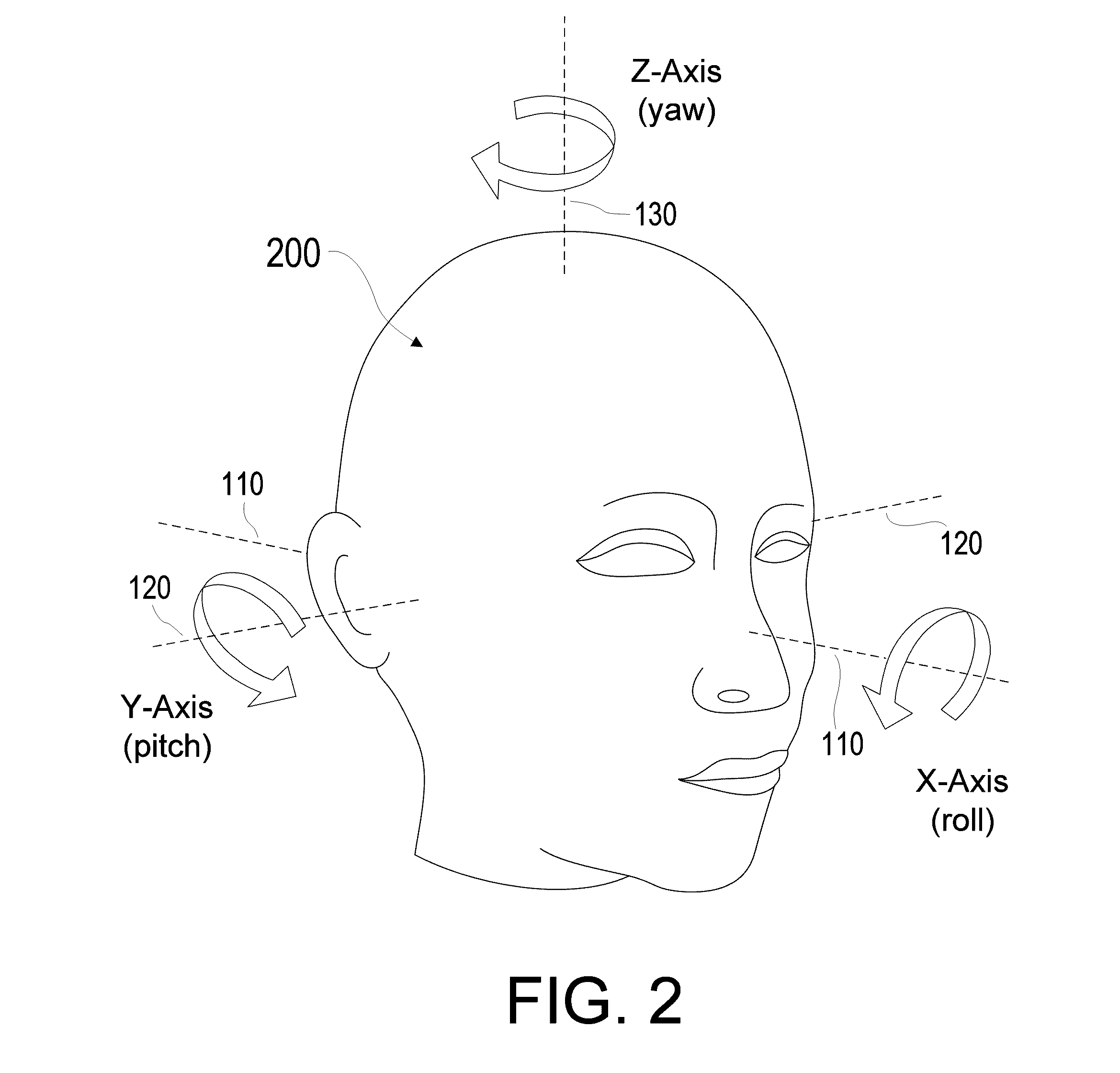GNSS ultra-short baseline heading determination system and method
a baseline and ultra-short technology, applied in the field of navigation and positioning systems, can solve the problems of inability to function correctly, gyro-compass can be subject to errors, and magnetic compass is subject to several limitations
- Summary
- Abstract
- Description
- Claims
- Application Information
AI Technical Summary
Benefits of technology
Problems solved by technology
Method used
Image
Examples
Embodiment Construction
[0041]With reference now to the drawings, and in particular to FIGS. 1 through 14 thereof, a new ultra-short baseline (USBL) heading determination method and system embodying the principles and concepts of the present invention will be described.
[0042]FIG. 1 illustrates the rotational axes considered when calculating a position, orientation, and heading solution for a vehicle 100 such as an aircraft. A vehicle 100 in motion is capable of rotation about three axes. The axis extending longitudinally through the length of the vehicle 100 from the nose (front) to its tail (back) is considered to be the x-axis 110. When the vehicle 100 rotates about the x-axis 110, the vehicle 100 is said to be experiencing “roll”. The axis extending laterally through the vehicle 100, from one side to the other side (for example, from one wing to the other wing on an aircraft) is considered to be the y-axis 120. When the vehicle 100 rotates about the y-axis 120, the vehicle 100 is said to be experiencing...
PUM
 Login to View More
Login to View More Abstract
Description
Claims
Application Information
 Login to View More
Login to View More - R&D
- Intellectual Property
- Life Sciences
- Materials
- Tech Scout
- Unparalleled Data Quality
- Higher Quality Content
- 60% Fewer Hallucinations
Browse by: Latest US Patents, China's latest patents, Technical Efficacy Thesaurus, Application Domain, Technology Topic, Popular Technical Reports.
© 2025 PatSnap. All rights reserved.Legal|Privacy policy|Modern Slavery Act Transparency Statement|Sitemap|About US| Contact US: help@patsnap.com



